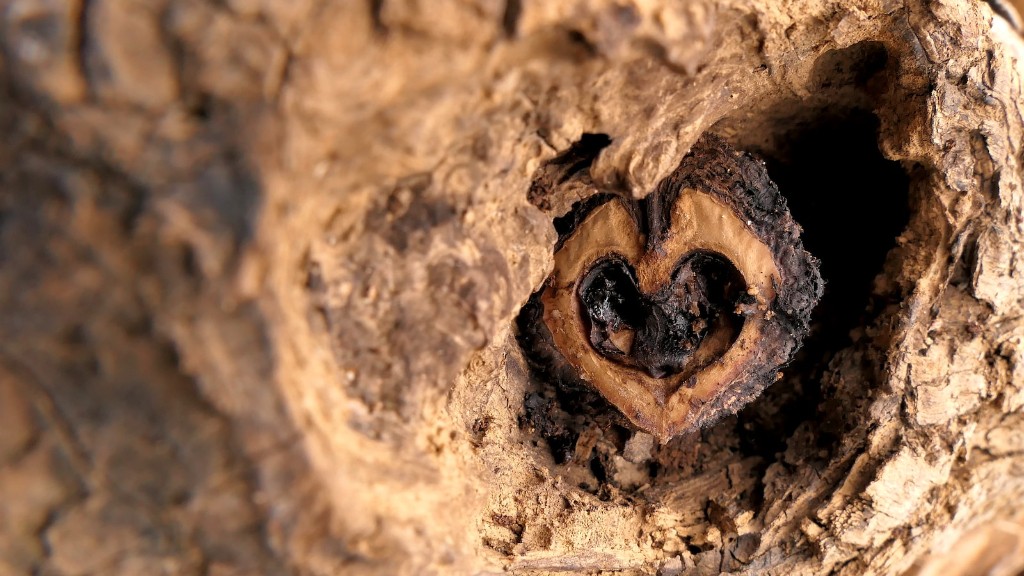Bringing a lemon tree indoors can be tricky, and worrying about when the best time to do it is even more so. The key is to understand the tree’s natural rhythms and environmental needs. When a lemon tree is brought in from the outside, it’s important to consider temperature, water, and light conditions. With careful monitoring and timely interventions, it’s possible to keep your lemon tree thriving indoors all year long.
Much like other plants, the biggest factor when determining when a lemon tree should be brought indoors is temperature. Once the average day-time temperature drops below 45 degrees Fahrenheit, it’s time to consider bringing the lemon tree in. Although lemons are hardy and can withstand drops in temperature, the ideal conditions for lemon tree growth and fruit production are in any environment above 60 degrees Fahrenheit.
When bringing the tree indoors, examine it thoroughly for any signs of pests or disease. Clean off any foreign matter on the leaves and check for any roadblocks like stunted growth or yellow leaves, as these could be indicators of disease or pest infestations. If any of these things are present, take appropriate action before bringing the tree indoors. Once the tree is deemed healthy, it’s time to move it inside.
Once the tree is brought indoors, the amount of light it receives will be the deciding factor of its success. Most plants need natural sunlight and a lemon tree is no different in this regard. Place the tree near a window or grown light to give it access to as much direct sunlight as possible. The amount of light the tree receives will be directly proportional to the success of the crop.
Watering will also be an important factor in the survival of your lemon tree. Overwatering can be dangerous, as it can cause root rot, but not watering enough will stunt the growth of the tree. Generally speaking, a lemon tree should be watered once a week or whenever the soil is dry. When checking for sufficient moisture consider the size, type of soil, size of container and the season.
In addition to light and water, humidity is also important to the lemon tree’s growth. Keep a consistent moisture level in the air with a humidifier or misting the foliage occasionally. Temperature and consistent moisture levels are important to maintain in order to protect the plant from pests or diseases.
By researching the environment and needs of a lemon tree, and then learning what methods can be employed to create those needs indoors, one can successfully bring the lemon tree indoors. If done correctly the rewards will be bountiful.
Increasing Temperature
The key to success when bringing a lemon tree indoors is ensuring a consistent temperature, and the best way to do this is by increasing temperature. Consider investing in a space heater or a central heater to keep the temperature of your living space at 60 degrees Fahrenheit or higher. This will promote more vigorous growth and even produce sweeter lemons.
Seasonal Transitions
When moving the lemon from outdoors to indoors, the transition should be gradual. Introducing the lemon tree to its indoor environment over a week or two can help the tree adjust more easily. A slow transition will acclimatize the tree to the temperature, humidity, and light changes. This transition period can be done by first bringing the tree indoors for several hours a day and then gradually increasing the length of time each day till the tree is indoors permanently.
Pollination
Fruits need to be pollinated in order to bear crops, and this can be difficult to replicate indoors. One way to increase the chances of pollination is to introduce a small bee colony or a cotton swab to transfer the pollen to flowers. This can help increase the number of fruit-bearing flowers and ensure a successful crop.
Poor Foliage
A lemon tree with poor foliage can be a sign of too much cold or dry air, poor light exposure, or possible pests. If a lemon tree appears wilted with yellow leaves, it may need to be brought indoors for a warmer, more hospitable environment. Additionally, the tree can be given a warm shower and examined for any pest presence.
Fertilizing
Fertilizing a lemon tree is also a good way to ensure healthy growth indoors. Most fertilizers available contain nitrogen, potassium and phosphorus, which are all important nutrients for a lemon tree. Mix one tablespoon of fertilizer per gallon of water, and use the mixture to give your lemon tree an additional boost a few times a month.
Pest Control
Though not a prevalent problem when a lemon tree is outside, pests can become a nuisance when the tree is indoors. If pests become a problem, first try to identify them and then treat accordingly. Neem oil and insecticidal soaps are safe and all-natural methods for getting rid of pests. Additionally, keeping a vigilant eye on the tree and removing any dead leaves can help keep pests away from the tree.

